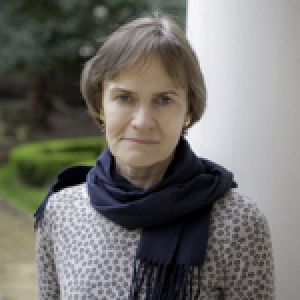Julie Dawson
Since 2014, Dawson has co-led, with Helen Strudwick, the Fitzwilliam Museum’s multidisciplinary study into its ancient Egyptian coffins. We have gained unprecedented insights into how these coffins were made and decorated, and what this tells us about attitudes to the afterlife. Research outputs include a major Museum exhibition, publications, an international colloquium, online resource www.egyptiancoffins.org, and support to coffins’ research in Egypt.
This research affiliation, together with a prestigious two-year Emeritus Fellowship that she has been awarded by the Leverhulme Trust, will enable Dawson’s continued contribution to the project as a whole, focussing on enhancing the online resource as well as following up on two distinct research strands that help open up our understanding of Egyptian society, economy and religion over a broad period of time:
1. Studies of coffin reuse (including our own) have concentrated on the late-20th to 21st Dynasty (1090–945 BCE). However, the project has shown the phenomenon is more widespread. Dawson will complete investigation of the original technology and physical evidence of recycling of our Middle Kingdom (c.2010–1650 BCE) coffins. Combined with Egyptological studies of funerary culture in this period and the preceding First Intermediate Period, this strand of work will help place coffins more precisely in their social, cultural and religious contexts, and examine differences in reuse chronologically between the 'intermediate' periods and more settled kingdoms.
2. Cartonnage, a free-standing moulded material, made of layers of linen, glue and plaster, was in use in Egypt from at least the Middle Kingdom. The project has shown that a complex structure overlying a 7th century BCE coffin in the collection resembles a ‘true’ cartonnage mummy case of the Third Intermediate Period (1070–735 BCE) but moulded onto a wooden carcass. Numerous variants of this previously unstudied phenomenon have now been observed in other collections. This strand of work will investigate further the technological development and properties of cartonnage and this ‘pseudo-cartonnage’. By establishing a framework of production and use, these materials can be contrasted, enabling evaluation of constructional function as well as religious/social significance.
Sign up to our emails
Be the first to hear about our news, exhibitions, events and more…
